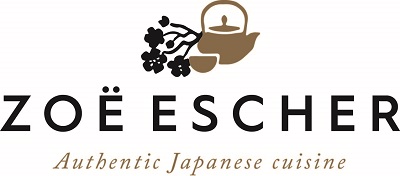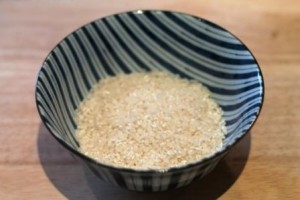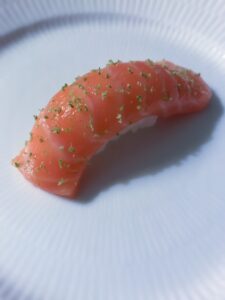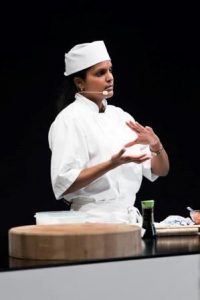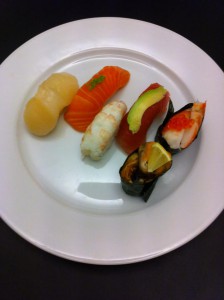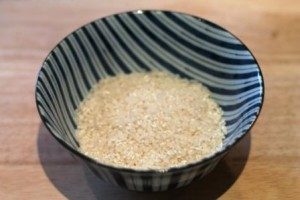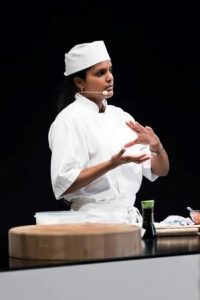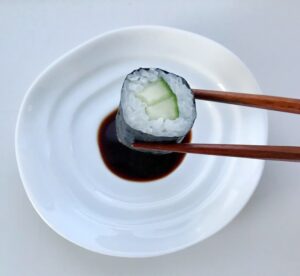
The Japanese have a slightly different view of soy sauce.
In Japan, soy sauce is considered a spice, it is a way to season the dish. In Japan, there are as many different kinds of soy sauce, just as many as cheese in a Danish supermarket.
Not only that. It is quite common in traditional Japanese cuisine to use different types of soy sauces in one dish. This is because soy sauce are produced and matured in different ways and that gives each soy sauce an unique flavour.
It does matter which soy sauce is used for sushi or for traditional Japanese noodle soup. These are 2 very different dishes, where it is important to choose a soy sauce which gives the dish an extra spice without compromising the good taste.
In the Sushi course for beginners, you will learn which soy sauce is best suited for sushi.
_
Zoë has lectured and held sushi courses for A. P. Moller – Maersk, Hugo Boss Nordic, Novo Nordisk, Novartis, Velux, Gorrissen Federspiel, Beierholm revision, Elbek & Vejrup and many more.
